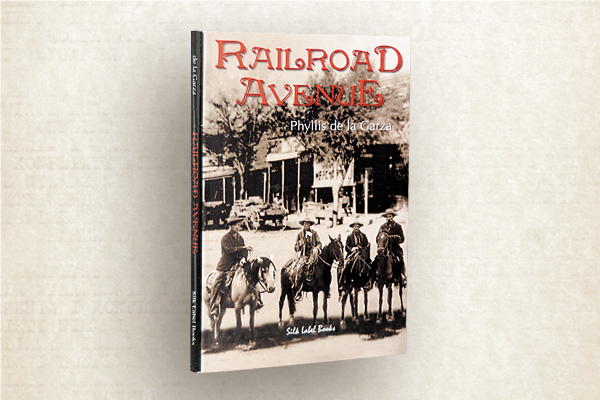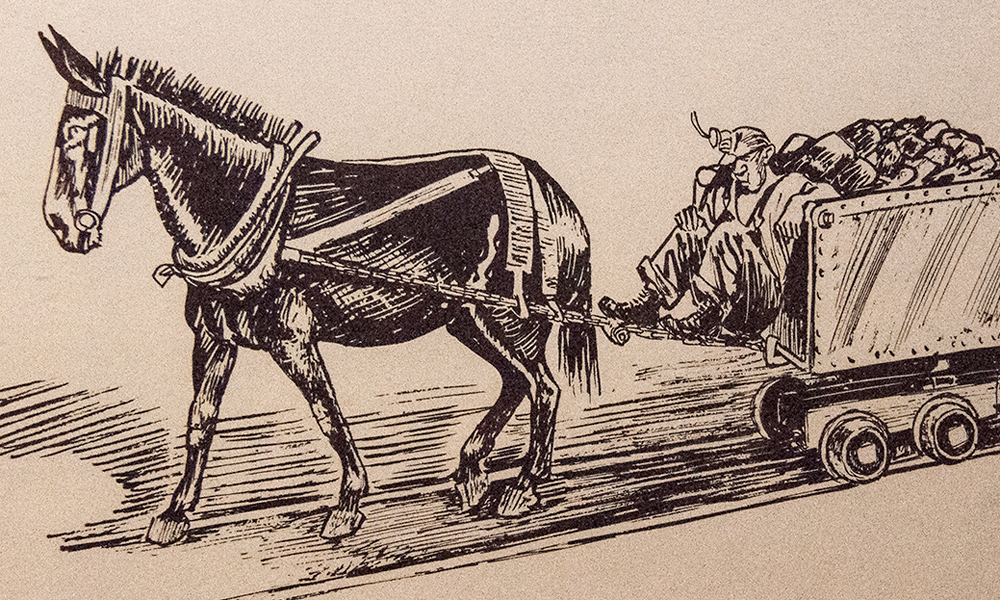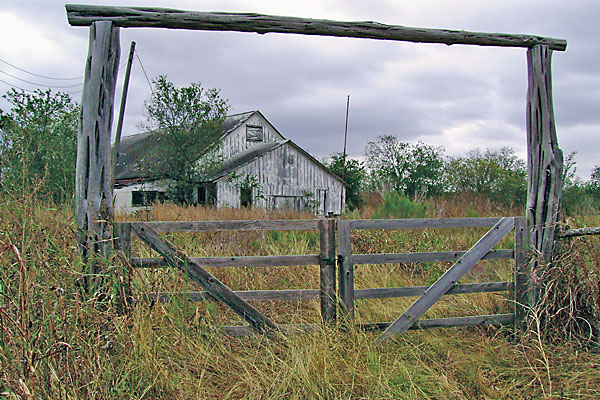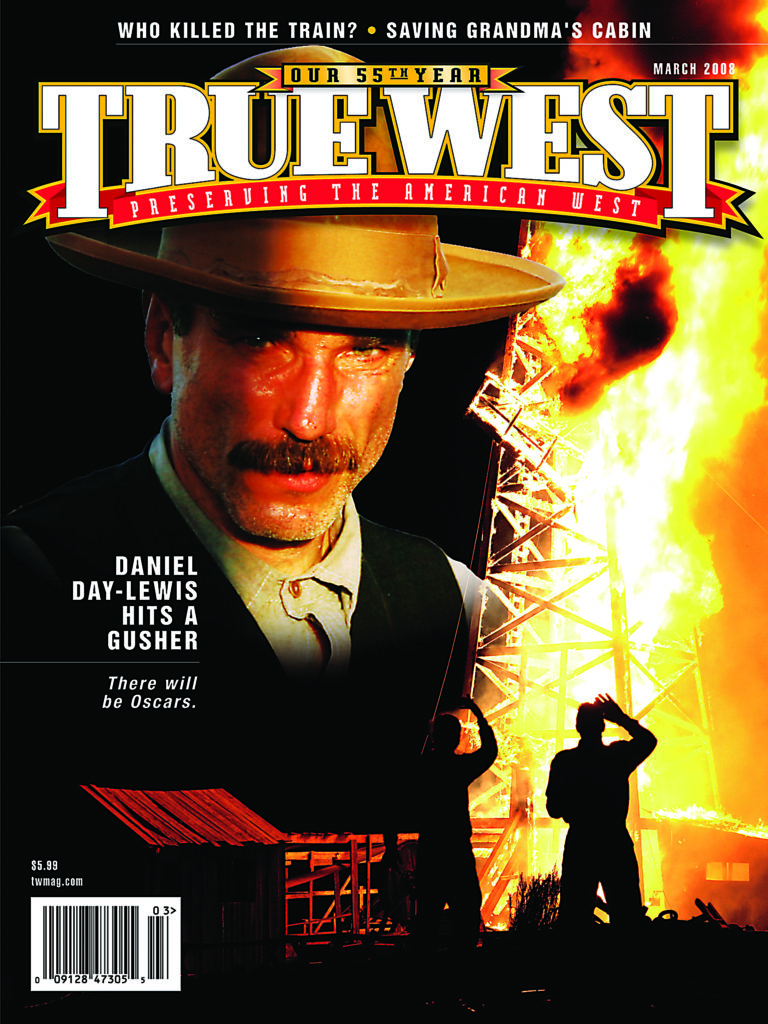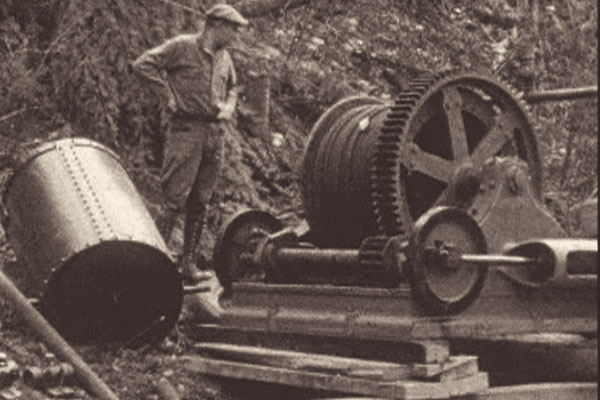
Things seem to be looking up for the Mount Hood Railroad, located in the Hood River Valley, some 60 miles east of Portland, Oregon.
Permian Basin Railways—which operates about a half dozen small lines, mostly in the West—bought Mount Hood from 20 Oregon investors this past January. Purchase price wasn’t released; the investors were asking for $5.2 million. Included in the package: the line itself, three historic engines and passenger cars, and the landmark Hood River depot.
Finished in 1911, the railroad covered the 22 miles between the small towns of Hood River and Parkdale. Originally, it was a freight line, carrying agricultural produce and lumber. In 1987, the operation moved to tourist excursions. Last year’s passengers numbered 70,000. The railroad is designated a landmark by the National Trust for Historic Preservation.
In November 2006, massive rains washed out a section of the track, knocking out five miles of the line. The previous owners had raised $500,000 of the estimated $1 million repair cost and were seeking a state grant for the remainder. Permian Basin plans to make sure the repairs are completed in the near future.
Most of Permian’s holdings are freight lines, but it does run an excursion operation in the San Luis and Rio Grande Railroad, which goes from southern Colorado into New Mexico. Permian Basin promises that Mount Hood will stay on track as an excursion route. mthoodrr.com
New Life for Seattle Landmark
Back in 1907, Seattle developer Henry Dearborn built a home fit for, well, a wealthy developer. Time passed. The home was converted into offices; most of the nearby mansions bit the dust.
Jump ahead to 1997. An anonymous donor basically gave the Dearborn Home to Historic Seattle, a local preservation group. The gift also included an undisclosed amount of money for rehabbing the place to its former appearance. In 2006, the work included the removal of false ceilings and walls. This year, Historic Seattle plans to open a public research center in the basement. For Historic Seattle, it’s a perfect situation—working to preserve the city’s heritage while working from that heritage.
206-622-6952 • historicseattle.org
Off the Trail?
What the hell is up with the Old Cowtown Museum in Wichita, Kansas?
Let’s recount the troubled road it’s traveled. In August 2006, Cowtown officials announced a financial shortfall that threatened the existence of the museum. Two months later, the organization fired its director. In December, longtime volunteer Bob Garrett became interim director.
Last August, the city of Wichita took over the operation. In November, city officials forced Garrett out of the interim position. Garrett says he had a personality clash with his boss. Museum curator Amy Loch became the new interim director on January 1.
By the time you read this, there may be a permanent director in place. Hopefully that leadership will stabilize the museum and allow Cowtown to hit the trail for a promising future.
316-660-1871 • oldcowtown.org
Usually, when we talk about tearing down a building, it’s bad news. But here’s the exception to the rule.
In December, director Francis Ford Coppola put the wrecking ball to a 1970s concrete barrel cellar on his Napa Valley, California, estate. The structure had blocked roadside views of the 19th-century mansion built by Gustav Niebaum, who founded the Inglenook Winery in 1880. Coppola now calls it the Rubicon Estate Winery.
Coppola’s plans for the empty space? He’ll plant an acre of Cabernet Sauvignon grapes. “I think Gustav Niebaum would approve.” So do we. rubiconestate.com
Caught On Film
Northern Idaho has been a major mining center for nearly 150 years. An important part of that history, from 1926-30, was captured on 12 films shot by a mining engineer. Thanks to grants, three of those films are being preserved.
The National Film Preservation Foundation provided a partnership grant of $1,340. It worked with Triage Archival Restoration Services of Los Angeles, which contributed $5,000 worth of services.
The University of Idaho will exhibit the entire collection, on site and online.
lib.uidaho.edu/special-collections
Joining Forces
A face-off in the outlaw-lawman field has come to an end.
The Western Outlaw-Lawman History Association (WOLA) and the National Association of Outlaw and Lawman History (NOLA) merged at the start of 2008, forming the Wild West History Association (WWHA).
The new outfit follows the same path as the old ones: to encourage research, writing and preservation of history related to lawmen and outlaws of the Old West. Members-who pay $45 a year-will receive six journals and six newsletters per annum. Its first annual convention will be in Tulsa this July.
The WWHA president is none other than True West’s Publisher Emeritus Robert G. McCubbin.


